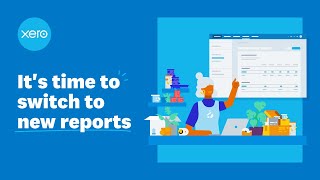Opinion: ATO Clamping Down By Peter Caunt - Senior Director
The ATO has been tasked over the years with more and more compliance activity. In the 2019 budget the government committed to provide one billion dollars (yes one billion) over four years from 2020 to the ATO to extend the operation of The Tax Avoidance Taskforce and to expand the Taskforce’s programs and market coverage.
Alongside this, funding will be provided to create an alternative data centre facility which is designed to increase the ATO’s analytical capabilities.
A bit of historical perspective
The 1980’s saw significant change for our tax system. I guess Bob Hawke’s passing has brought these years back to mind. Capital gains tax (CGT) and fringe benefits tax (FBT) were introduced (the goods and services tax (GST) failed and had to wait until 2000 to come in.
Alongside this the compulsory superannuation charge (SGC) came in in 1991 at a rate of 3% (it’s now 9.5% and proposals to increase it keep being floated). Whilst all these changes were going on the ATO moved – in 1986-87 – to a system of self-assessment.
What did that mean?
In a nutshell – it’s your (the taxpayer’s) responsibility to put in a correct yearly income tax return.
The ATO will generally take your return at face value – but it is subject to post-assessment risk based audit and other verification checks – for example interest and dividend cross checking with information submitted by the banks and companies as well as information gleaned on sale of property or even art work.
We are seeing much more activity in risk based audits. What seems a reasonable claim to the taxpayer is then checked against what seems a reasonable claim to the ATO.
Often these two thoughts on what is reasonable do not match!!!
The ATO has what often seems a pedantic view on how to claim work related expenses – just look at its view on home office expenses for example. Under self-assessment what you as a taxpayer deem reasonable will go through – until it is checked (audited) by the ATO. Then adjustments – and sometimes penalties – will be applied.
The ATO is finding this an area ripe to get extra tax revenue.
So – if you’re making work related expense claims put extra care and attention into them. Not to stop the claim (which may be a cynical thought of what the ATO is trying to do) but to make sure it will pass muster on an ATO audit.
Whilst on about change – some years ago the ATO introduced a taxpayer and a tax agent portal. Lots of information about a taxpayer’s affairs goes into the portal – interest received, dividends received, health fund details, details of tax (and HELP debt) owing, annual PAYG statement details from employers – as well as other information.
Before the introduction of the portal we would spend many hours on the phone to stressed ATO employees asking questions about a taxpayer’s affairs. No longer – we look it up on the portal – which has been a great innovation. Apart from the suspicion that resources previously used to man the phones and deal with enquiries have now been diverted to ATO audit activity.
In summary, the ATO is clamping down and is no longer mister nice guy!!! With the use of technology and extra resources they are very serious about monitoring tax avoidance.




